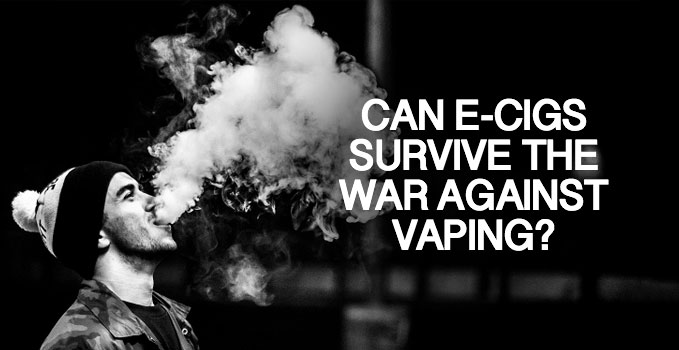
A laughable paper has been published by the American Chemistry Society (ACS) termed a “scientific study”. It is clearly seen at first paragraph of the research claiming to analyze the exposure of toxins in electronic cigarette vapor (e-cig vapor). The research is nothing but a visit to a misdirection and old deception with a strong emphasis on incompatible equipment.
The paper says, “The ACS publishes and advertises match-reviewed scientific studies and no research was conducted.” This one, they say, “has discovered that toxins in electronic cigarette vapor have tendency to exceed set limits.” It was later revealed that the major funder is the Tobacco-Related Disease Research Program of at the University of California and that alone rings a bell. And, what makes the bell rings louder is having on the team, Neal Benowitz who happens to be a colleague to Stanton Glantz.
The lies started with the introduction stating: “confusing marketing often portrays vaping products as evolving nontoxic emissions that can be used indoors safely.” No measurement was taken from the amount of air contained in the room, no swabs as taken from objects’ surface in a room, and no measurement of vape from the mouth of the person that uses e-cig. This simply means they coined the whole analysis and proof concerning the production of toxins by taking a total guess at the amount that is possible to escape from the mouth of a user into a room at the second round. They made use of a “matrix of puffing regimes” to accomplish all that.
Kudos to the team for keeping companies who manufactures CE4 atomiser in business, given that a small number of people ever purchase them. Kangertech Aerotank Minis was also used by the team to derive their result. Then, these justifies either 4.8 volts or 3.8 volts and “puffed” like no one’s business: “250 puffs in a day, distributed in
(1) 10 puffs of 25 sessions each;
(2) 25 puffs of 10 sessions each,
and (3) 50 puffs of 5 sessions each.
They produced digits for diacetyl, formaldehyde, acrolein, and acetaldehyde derived from burning dry wicks. The team formulated the likelihood of chemicals level in the air with the home, they formulated the level it might be in a workplace or in a bar. They developed nice charts but with error bars, they ignored every past criticism of this methodology and constituted real science all in the name of pretense.
Surprisingly, they discovered: “For acrolein, diacetyl, formaldehyde, the dosage rate predicted for daily use is 250 puffs per day which is relatively high and exceeded those deduced from occupational health guidelines.” Which is exactly the type of rubbish they are looking for.
